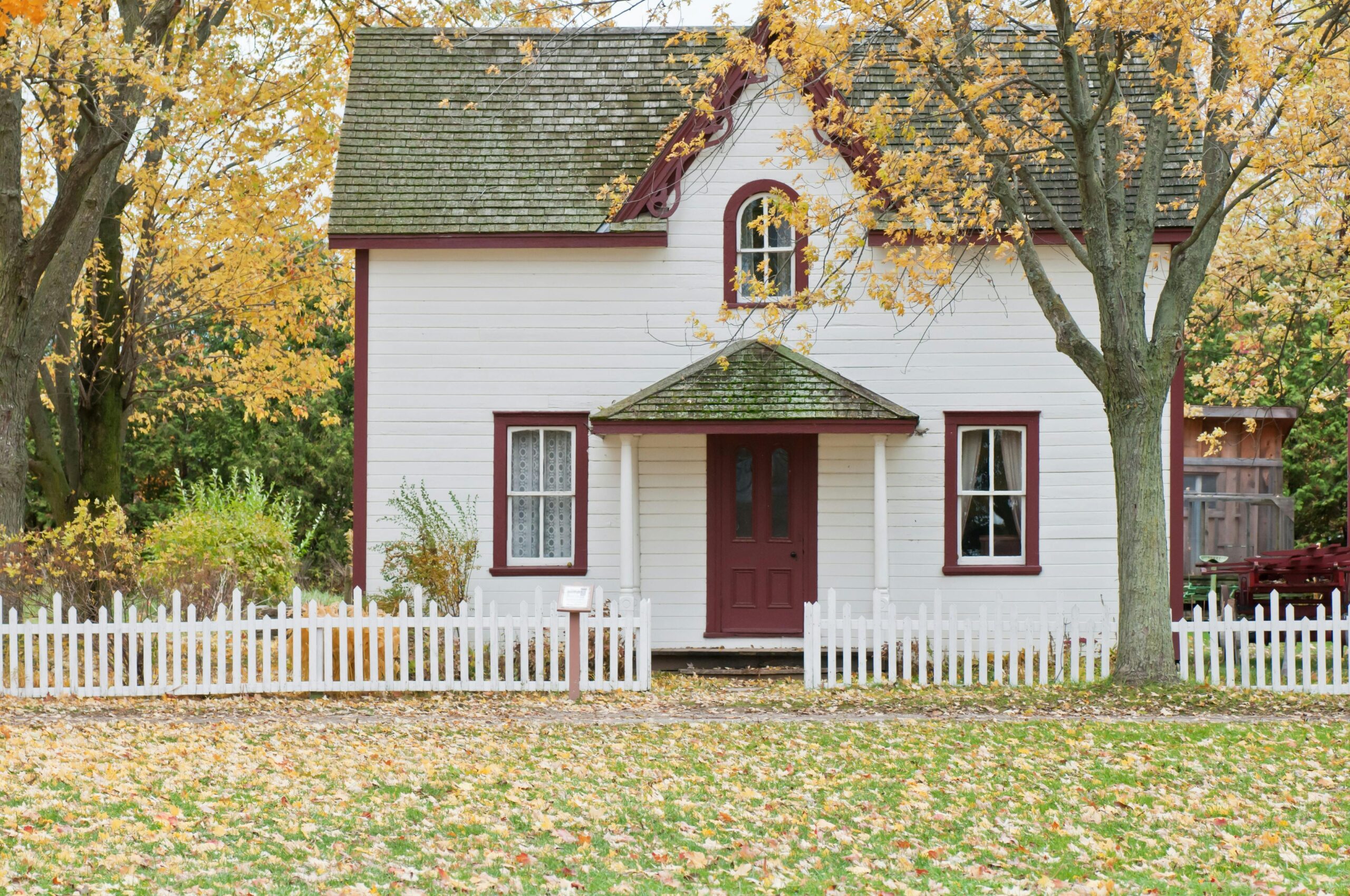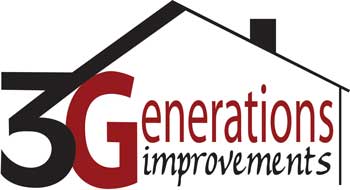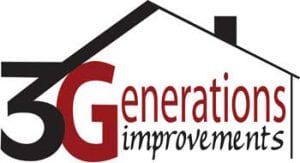
After months of intense sunshine and rising temps, summer can take a toll on your home’s siding—especially in Napa, CA, where heatwaves, UV exposure, and the occasional wildfire threat are part of the package.
Whether you have stucco, wood, fiber cement, or engineered siding, now is the perfect time to check your home’s exterior for signs of wear, damage, or weakness before the fall rains begin.
In this guide, we’ll walk you through what to look for, why it matters, and how to make the right call on repairs or upgrades.
1. Why Summer Is Hard on Siding
Summers in Napa can be deceptively damaging to your siding—even if you don’t see visible issues right away.
🌞 Heat and UV Rays
- Fades siding color
- Breaks down protective finishes
- Weakens caulking and sealants
💨 Wind and Dust
- Causes abrasion, especially on stucco or wood surfaces
- Can force dirt and moisture into cracks or seams
🔥 Wildfire Smoke and Ash
- Stains light-colored siding
- Leaves acidic residue that breaks down coatings
💡 Even siding materials rated for California climates, like James Hardie fiber cement or LP SmartSide, benefit from regular inspections.
2. Key Signs of Summer Siding Damage
Walk around your home and take a close look. These are the red flags to watch for:
✅ Color Fading or Uneven Discoloration
Sun can bleach exposed areas and cause a chalky residue—especially on older painted wood or vinyl.
✅ Warping or Bulging Panels
Moisture under the siding or excessive heat expansion can cause panels to bend or pop.
✅ Cracked Caulking or Gaps Between Boards
Caulk tends to dry and shrink in heat, creating gaps that let in water come fall.
✅ Soft Spots or Bubbling
This could be a sign of dry rot or moisture trapped beneath the siding.
✅ Visible Cracks or Holes
Often found near corners, windows, or base of walls—especially in stucco or wood-based products.
📸 Pro Tip: Take photos of any suspect areas and compare them year-over-year.
3. What Materials Are Most at Risk?
Let’s break it down by common Napa siding types:
| Siding Type | Summer Risks |
| Wood (T1-11, Masonite) | Rot, swelling, paint failure |
| Stucco | Cracking, discoloration from smoke or ash |
| Vinyl | Warping, fading, brittleness |
| Fiber Cement | Minimal risk, but inspect for caulk gaps |
| Engineered Wood | Good resistance, but check edges/seams |
If your home still has original siding from the ’80s or ‘90s, summer damage might be accelerating wear you can’t see.
4. What Should You Do If You Find Damage?
🛠️ Small Issues?
- Re-caulk and touch up paint
- Pressure wash surface
- Monitor problem areas into fall
🧰 Moderate Damage?
- Replace individual boards or trim
- Patch minor cracks in stucco
- Add house wrap or flashing if moisture is present
🚨 Severe Damage?
- Consider partial or full siding replacement
- Upgrade to fire-resistant, low-maintenance materials like James Hardie or LP SmartSide
📞 Call 3 Generations Improvements for a professional assessment if you’re unsure.
5. Benefits of Addressing Siding Damage Now
August is your window to act before rain and cooler temps arrive.
💡 Why inspect siding in late summer?
- You avoid water infiltration from fall storms
- Schedule work before contractor waitlists grow
- Get ahead of fire season vulnerabilities
- Maximize energy efficiency by sealing up leaks
And let’s not forget: your home will look amazing heading into the holiday season.
Conclusion
If your siding has seen better days after a long, hot Napa summer, don’t ignore the signs. Cracks, warping, and fading today could lead to rot, leaks, and expensive repairs tomorrow.
The experts at 3 Generations Improvements are ready to help you assess, repair, or replace siding with top-rated materials built for California’s climate and fire risks.
📞 Book your free siding inspection today!
🛡️ Family-owned. Fire-smart. 3 Generations strong.

